It feels great to be a part of something that you love, something that you believe in and something that will have a long term positive effect to our environment and to the community. I am glad that an opportunity to be part of that something knocked on my door.
On the last weekend of May, I had the honor and rare chance to dive in Iligan Bay and help in the coral transplantation project in the waters off the coast of Linamon, Lanao del Norte.
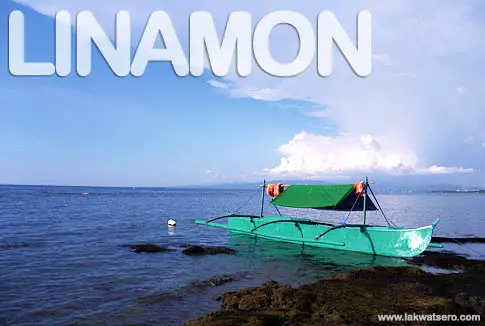
The Project
The Linamon Coral Reef Restoration and Enhancement Through Community-Based Coral Transplantation in a Marine Protected Area is the only marine-based project of Mindanao Rural Development Program (MRDP) and Natural Resources Management (NRM) of Department of Agriculture. It aims to rehabilitate the six-hectare marine protected area off the coast of Barangay Magoong and Samburon in Iligan Bay, town of Linamon.
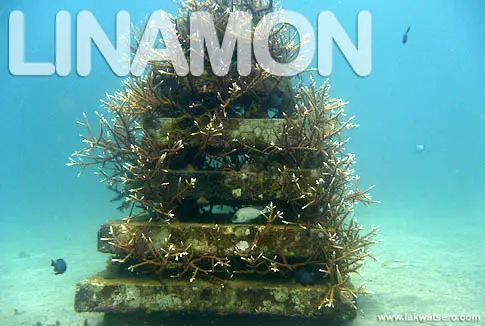
The project started in 2008 under Phase 1 of MRDP and now on its final stage of completion. Amounting to 3.23 Million Pesos, 80% came from World Bank loan while the remaining 20% is equally funded by the Government of the Republic of the Philippines and Local Government Unit of Linamon and Lanao del Norte.
It is a community-based project for the benefit of the Magoong and Samburon Fisherfolk Association which now rely on fishing on the cages they built and from the allowances they get for protection of the marine protected area for their livelihood while the project is still on its infancy.
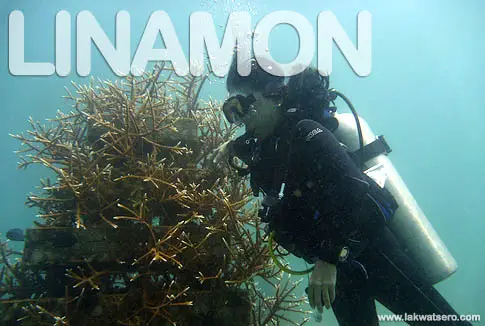
Volunteering for a Good Cause
The project has been delayed for a year but works continued this May and expected to be finished by this time. It was my long time dream to be a part of it, but due to prior commitments, I wasn’t able to join them earlier. But on their final week, I was lucky that my weekend was free so I decided to fly to Cagayan de Oro to grab my last chance to participate in their coral transplantation.
Ate Claudia and I traveled for more than three hours from CDO. We arrived at Linamon before noon and quickly prepared for our first dive. Jong Alfeche, a marine biologist and one of the staff of the project, assisted us in surveying the site. It was amazing to see the new corals, the oldest were planted 20 months ago and now teeming with migratory fishes and other sea creatures. The new corals are planted in modules and discs scattered in one hectare seabed that serves as a nursery. We surfaced after 62 minutes, with hands full of thrashes we picked up during the dive.
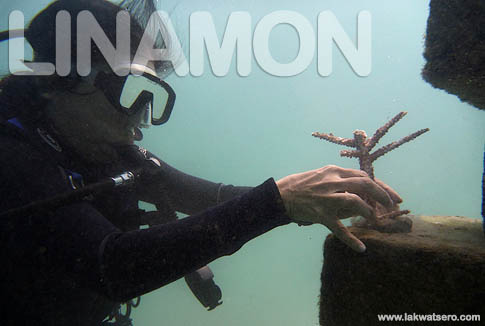
We had our lunch at surface interval and dive again after an hour to replace the dead corals or plant in the empty spots in the modules. There are a total of 38 modules or coral substrate with three designs: the pyramidal block type, the cylindrical block type and the dome block type. The volunteers prepared the mixture of cement and water and placed them on a sealed cellophane container which we brought down with the orange tubes that will serve as their molder and holder.
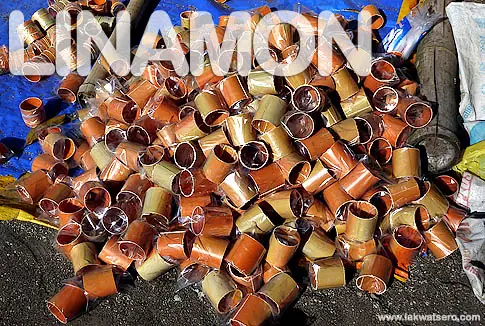
Underwater, Jong picked small branches of corals from the donors nearby. He then demonstrated us how to do it which was pretty easy. Put the orange tube on an empty spot, pour the water-cement mixture and plant the coral, careful that the cement powder do not spread on other corals, specially the sensitive ones, or they will die.
I enjoyed it so much that I lost count of how many I planted. A year or two, we expect the site to be vibrant with life as the newly planted corals grow and the migratory fishes and other sea creatures find their new home. It would be very interesting to see the site then.
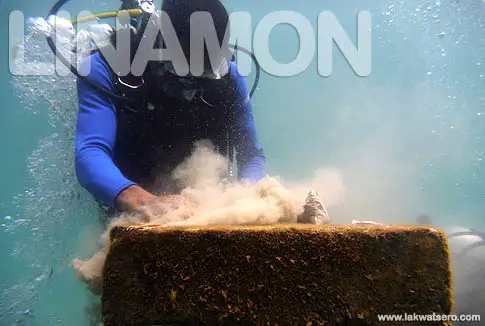
It was a very fulfilling weekend dive, thanks Ate Claudia and Sir Lemuel Alfeche for the invitation. I hope to be part of more like this in the future. After all, it is us who will benefit in the end from this project.